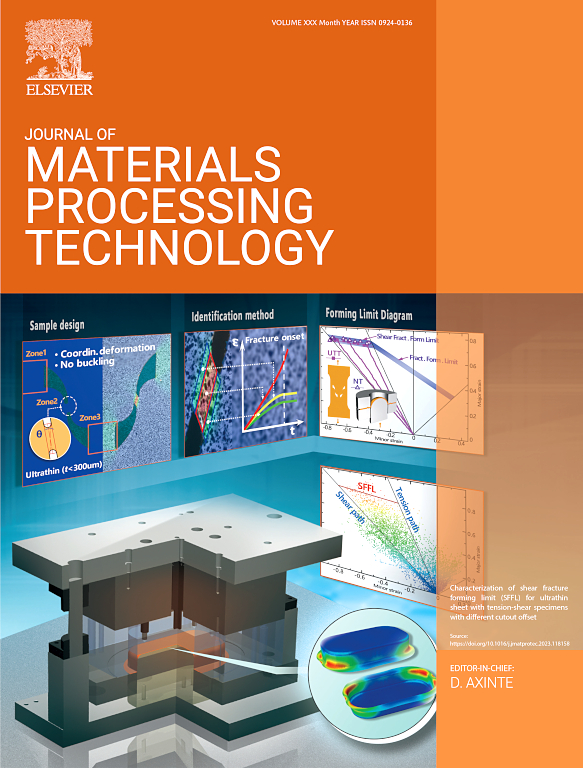The characteristics of a new alternating current (AC) heterogeneous twin-wire indirect arc welding (TWIAW) process were comprehensively studied. A mathematical model of non-uniform melting was designed to evaluate the control stability of a twin-wire indirect arc and also in guiding the wire feeding speeds. The effect of AC frequency, current amperage, and current waveform on the stabilities of indirect arc and droplet transfer characteristics were investigated. The results show, the arc was relatively stable within an AC frequency range of 2.5–10 Hz. Droplet transition diagram and force analyses have been established to study the arc characteristics and droplet transfer mechanisms, respectively. Current waveforms with peak and base currents were investigated to study the stability of droplet transfers. Current waveform with two peak values and one base value improved the stability of the arc. When the peak current was 130 A/10 ms and the base current was 110 A/40 ms, the arc shape and droplet transfer were the most stable, along with a continuous and smooth weld seam. Through theoretical analysis and experiments, the rules of heterogeneous double-wire AC indirect arc current voltage and droplet transfer were clarified for the first time, and a waveform adjustment method that can control droplet transfer was designed. The heat input and the amount of cladding metal can be controlled by adjusting the current waveform. It has stable droplet transfer and extremely high cladding efficiency, which is of great significance to the indirect arc process in the heterogeneous multi-wire arc additive manufacturing of high-strength aluminum alloys.


